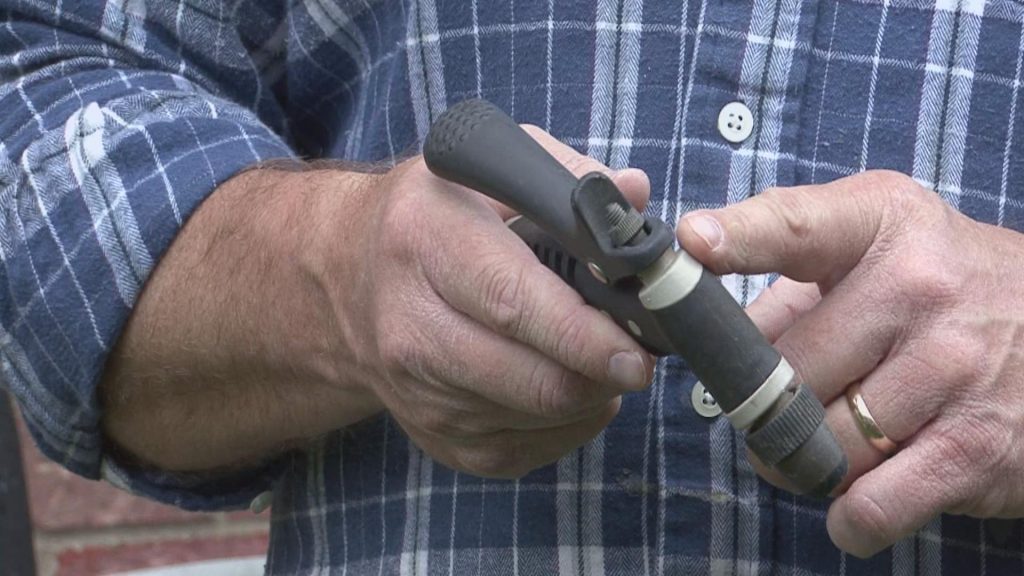A leaky outdoor faucet can be costly, which you will soon realize once your monthly water bill arrives. At the same time, this problem can be very messy as it can lead to unwanted water buildup outside. It can also be a muddy experience for everyone, especially when the water is combined with soil and dust. Upon the first signs of leakage, it is good to solve the problem right away by learning how to fix a leaky outdoor faucet.
Materials Needed
The things you will need to do this moderately easy task include a pair of pliers, a flathead screwdriver and an adjustable wrench. In addition, you must also bring in a replacement washer and a wooden toothpick. Once you have these items, you can begin fixing this problem right away.
Steps
Check first what part of the faucet is leaking. It is important to determine whether it is the faucet itself or just the washer. To do this, you have to observe where the leak is starting. Sudden temperature changes or the constant switching of the faucet can loosen up the faucet cap. In case the cap is the problem, get the wrench and then use it to tighten this specific part of the faucet.
If this is the real cause of the leak, the water will completely stop dropping after tightening up the cap. In case the leaking does not stop, the washer is more likely the problem. Change it right away. You have to shut the main switch first before you can change this part. After shutting it off, try to open the outdoor faucet just to drain the remaining water in the pipes.
Get the screwdriver and then unscrew the handle. Loosen up the packing nut with the help of the adjustable wrench. After that, take out the valve stem. The washer is connected to the valve stem. Undo the screw using the screwdriver and then take off the washer. While removing the old washer, you can use a pair of pliers to hold the valve stem.
You can use the wooden toothpick to clean the areas surrounding the washer, specifically the place where it sits. By doing this, the buildup of grit can be removed completely. Never use a metal to clean this part because it can cause damage to the brass tip, which is a very delicate part. Get the new washer and then screw it in place.
It is also good to replace the old screw. Use the wrench to tighten up the valve stem and the faucet together. Put the handle once again and then screw it tightly in place. Turn the main switch on and then check if the leak is gone.
Additional Tips and Other Helpful Information
When replacing the washer, the replacement must be of the same size. Apply a significant amount of silicon lubricant on the packing nut threads to make them easier to remove and fix the next time around.



